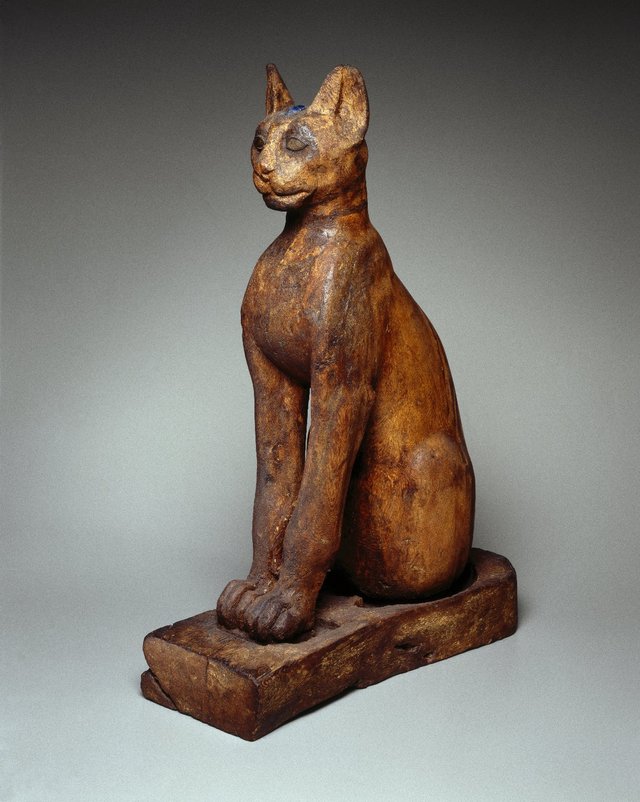The Feline Fraternity: Tracing the Global Conquest of Cats

Introduction
The ubiquitous cat, the subject of memes and target of the internet's adoration, has waged a long-standing campaign to conquer the world. They have followed humans wherever we go, thriving on all continents aside from the icy antarctic, and following our pattern of causing ecological chaos upon arrival. Although records of domesticated cats famously trace back to ancient Egypt, where they were revered, the story of their domestication is unclear with little historical documentation. Interestingly, the close human bond with cats appears to go back to at least 7500 BCE, as evidenced by a complete feline skeleton along with human remains. By 1500 BCE in Egypt, historical documentation of the close association between human and cats was recorded in artwork of the time. In a paper published in Nature Ecology & Evolutuon, researchers at Institut Jacques Monod traced the historical lineage of cats from wildcats to their eventual domestication through analysis of mitochondrial DNA and presence of the tabby coat marking.
Mitochondrial DNA Identifies Feline Subgroups
Analysis of mitochondrial DNA acquired from domesticated and wild cats revealed the a geographic hereditary pattern, suggesting that there were five geographic regions in Europe, Asia, and Africa from which wild felids could be traced. This mitochondrial lineage tracing suggests the presence of 5 wild felid subspecies (Felis silvestris silvestris, Felis silvestris lybica, Felis sylvestrus ornata, Felis silvestris cafra, and Felis silvestris bieta). Of these subspecies, Felis silvestris lybica, which was localized to northern Africa and Egypt, was ultimately domesticated by humans. However, just as today, many of these cats were feral rather than fully domesticated, and contributed to local wild felid gene pools through breeding, which partly explains why some wild felids and domesticated cats do not appear markedly different from each other.
The Spread of Egyptian Cats
Between 800 BCE to 500 CE, humans spread cats throughout the Mediterranean region. There is also evidence that cats were brought into the region by human trade and travel. Mitochondrial DNA associated with Asian wild cat populations was found at major ports in Egypt and Turkey around the first and second centuries CE. Cats may have been welcome travelers on trade ships due to their skills in rodent control, and although cats from different wild felid subspecies were utilized, the Egyptian-lineage cats appeared to be favored by humans at the time. It is possible that the F. silvestris lybica subspecies may have been more tame and social with humans.
As human civilization advanced, cats did with us. During the Medieval ages, cats were ubiquitous on trade ships, as were rats and mice. New trade routes and contacts with new continents introduced all three species to new regions, and the presence of rats and mice provided a food source for cats, allowing them to establish themselves in new areas. These domesticated cats continued to breed and interact with local wild cat populations, which continues to this day.
References
Ottoni, C., Van Neer, W., De Cupere, B., Daligault, J., Guimaraes, S., Peters, J., Spassov N., Prendergast M.E., Boivin, N., Morales-Muniz, A., Balasescu, A., Becker, C., Benecke, N., Boroneant, A., Buitenhuis, H., Chahoud, J., Crowther, A., Llorenta, L., Mnaseryan, N., Monchot, H., Onar, V., Osypinska, M., Putelat, O., Quintana Morales, E.M., Studer, J., Wierer, U., Decorte, R., Grange, T., Geigle, E. The paleogenetics of cat dispersal in the ancient world. Nature Ecology & Evolution. 2017 (0139). doi: 10.1038/s41559-017-0139